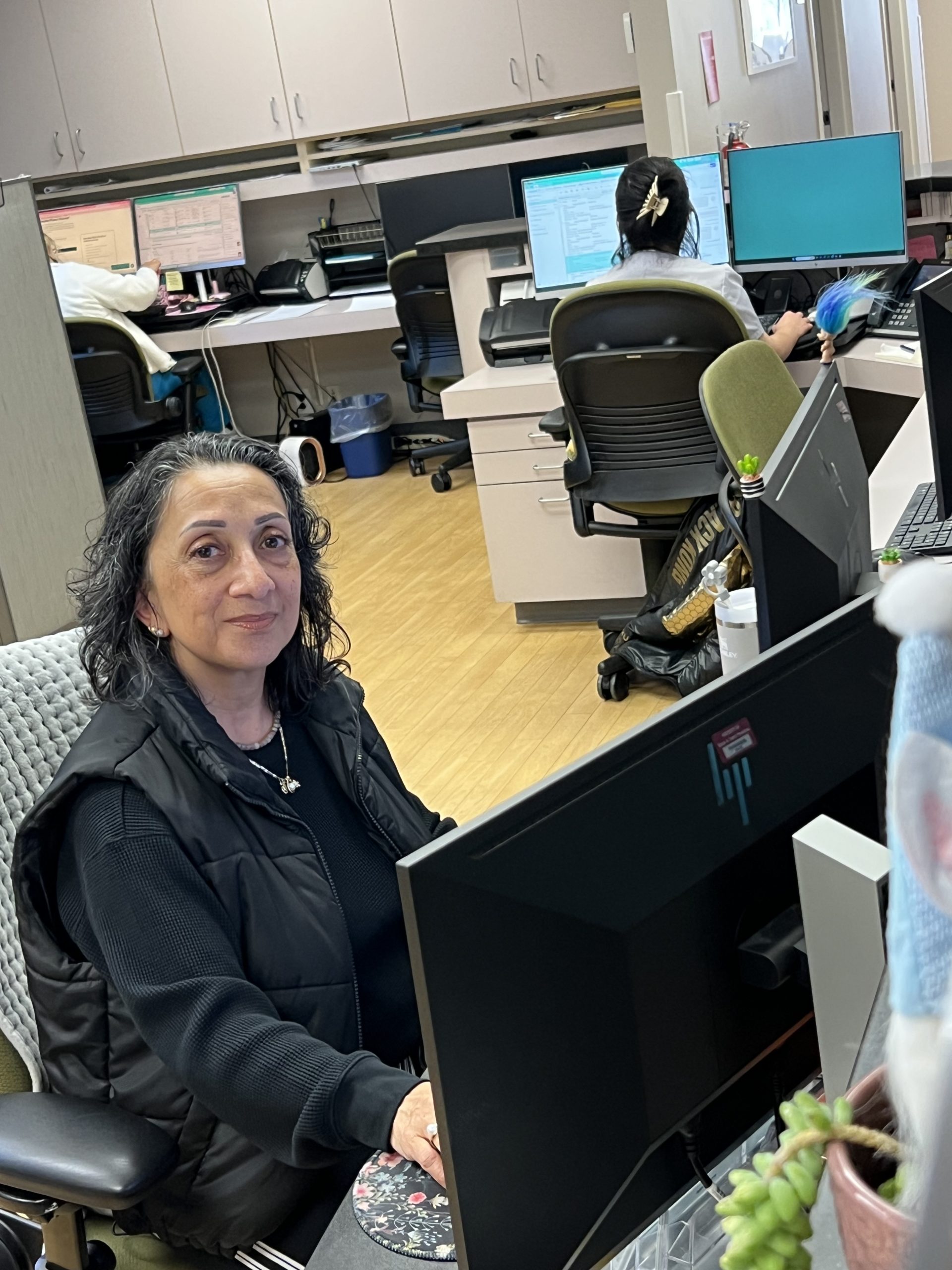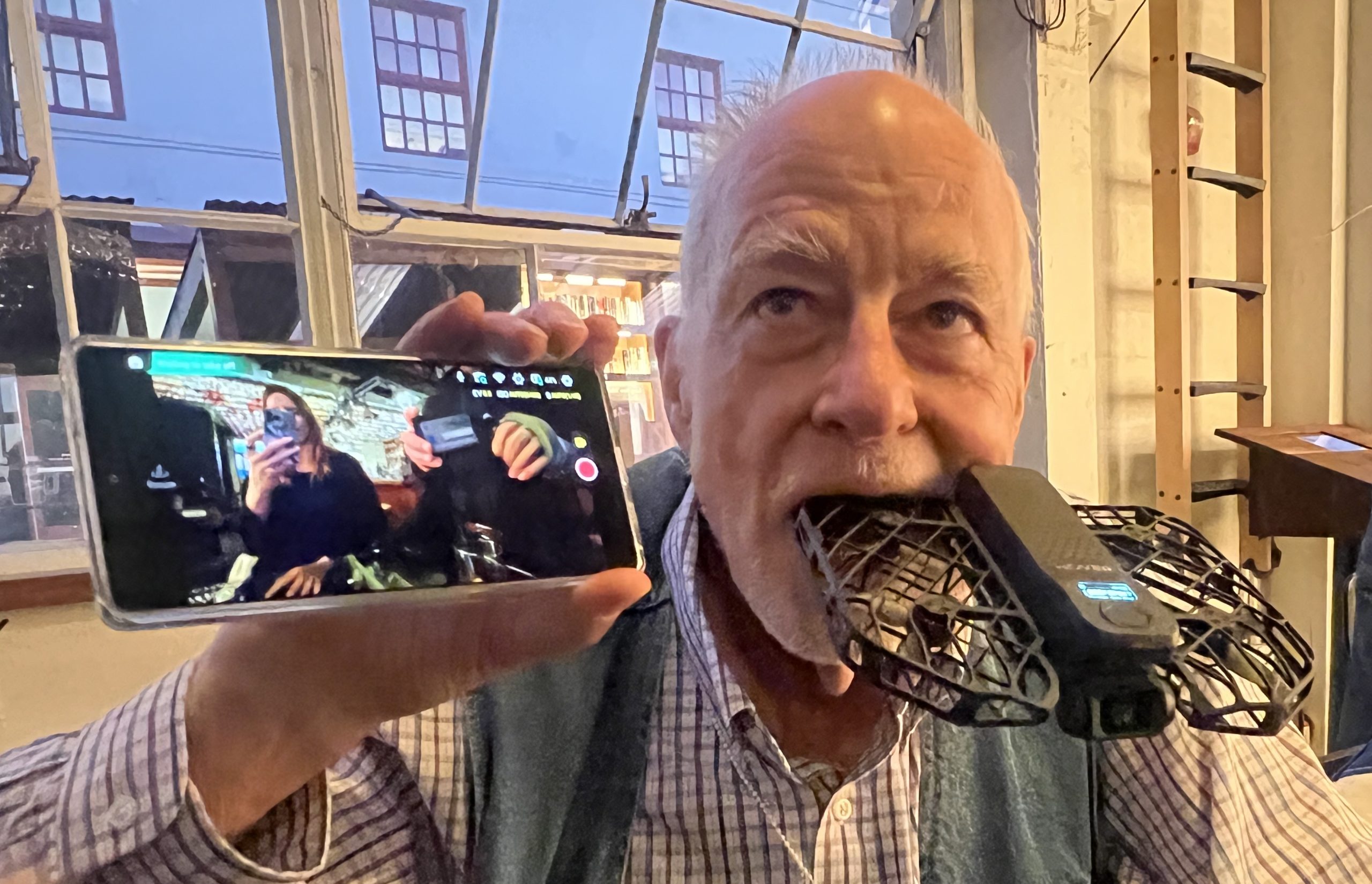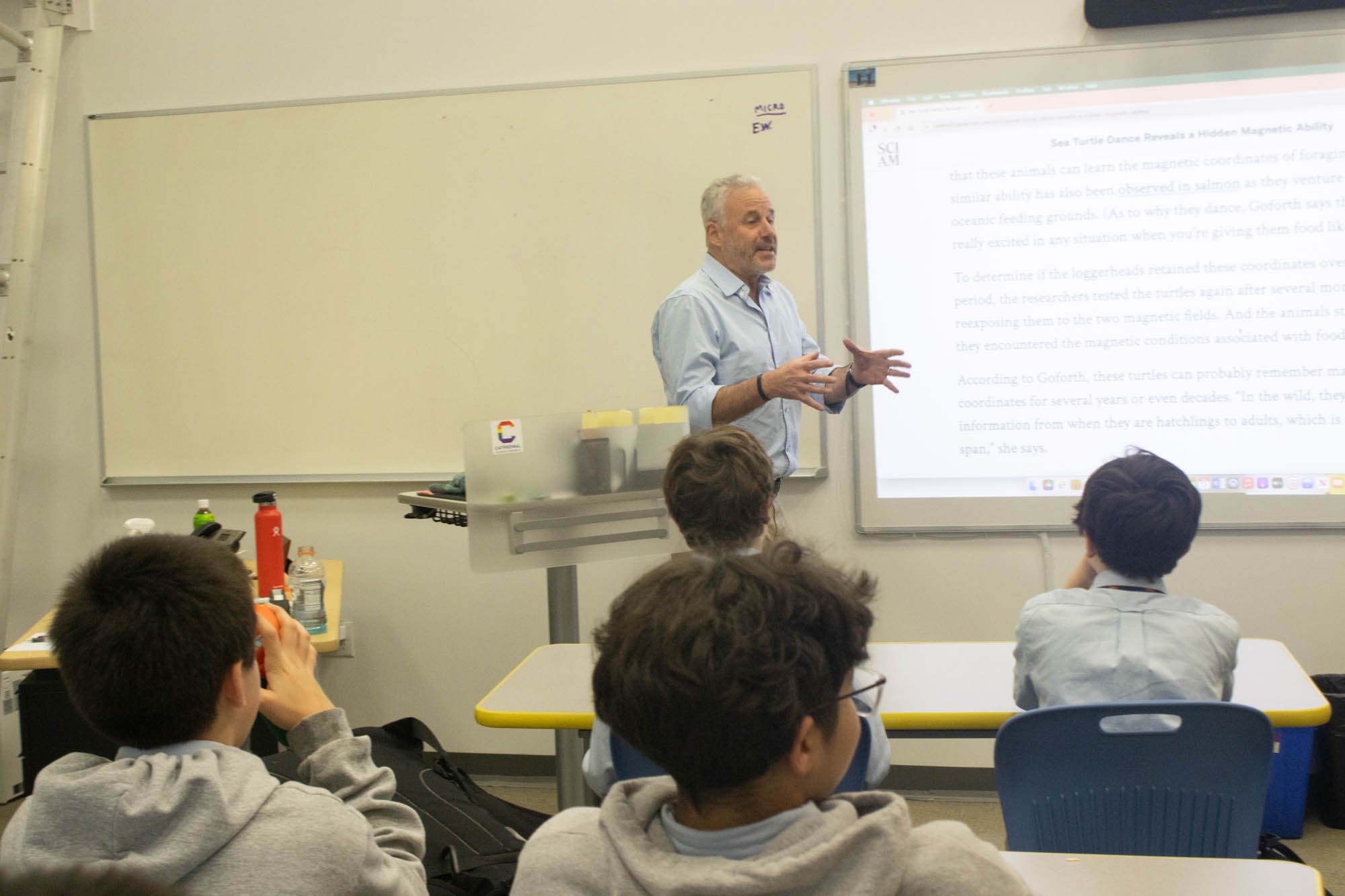‘Wandering bard’ delivers care and calm through ancient tales of adventure and delight, fidelity and hope
Once upon a time, before the written word, there was the oral tradition. Skilled storytellers addressed people’s hopes, fears and dreams by weaving a good tale.
“Fairy tales, also known as ‘wisdom tales,’ were told to adults in olden days,” said Olive Hackett-Shaughnessy. “Life was hard and in the magical delight and adventure of a well-told tale, there was care for the soul.”
Hackett-Shaughnessy, 69, has been offering care for the soul since 1986 as a professional storyteller.
Describing herself as a “wandering bard,” she made her living for more than 20 years through storytelling workshops. “I told stories five days a week for one to three hours a day.”
Although semi-retired, she still conducts some workshops. Participants include students, teachers, parents, writers, nurses, patients, accountants, veterans and senior citizens.
“When I give workshops at San Francisco Village, the participants feel known by the stories,” she said. “They remember their innocence, which doesn’t go away. This gives them a strong feeling of connection.”

She also continues to share the magic at the Sunset Cooperative Nursery School, where she honed her storytelling skills while a volunteer teacher’s aide from 1982 to 1986. Now she gets paid.
Today, her twice-a-week sessions draw an audience of two-to-five-years-olds and sometimes their older and younger siblings, cousins, parents, grandparents, teachers, and “now, lucky me, my grandsons,” she said. “I am thrilled to pass on the love of the oral tradition to another generation.”
Older students respond positively to story characters who exhibit quick wits, humor, courage and friendship necessary to overcome great obstacles, she said. “Teachers often comment that their most disruptive students are transfixed by storytelling, that non-readers become active interpreters of meaning, and that the shy ones are willing to join the fun.”
Storytelling is a performance art that engages the five senses, said Hackett-Shaughnessy. They grab the listener through body language, eye contact and intuitive interaction between teller and listener. She sometimes uses puppets to personify characters’ feelings.
A timely story saves the day
After 30 years of telling stories, Hackett-Shaughnessy. has a collection of 260 from all over the world she can recite from memory. She has hundreds more she periodically peruses to glean new material – from different versions of traditional tales and culturally significant details.
“My decades of storytelling have been in San Francisco, so finding stories for the ethnic diversity here has been part of the rich adventure.”
Hackett-Shaughnessy’s favorites are fairy and folk tales, followed closely by myths, legends, fables, ghost stories and true stories. “I love the tales that contain the magic, love, courage, honesty, fidelity and hope, in which the listener finds their deepest longings and their most enormous questions are touched on.”
The path from occasional storyteller to professional was set her first year at the Sunset nursery school, when she saved a child from being hurt.
One rainy day while minding students crammed under a plexiglass roof, waiting for their parents, one of them picked up a truck and aimed it at another’s head. Heavily pregnant with her third child, she couldn’t move fast enough to grab it.
Instead, instantly, she began reciting “Abiyoyo,” an African folktale she had once heard Pete Seeger sing. “As I spoke in my deep, calm voice, the little boy lowered his arm inch by inch to his side,” she said. Danger averted.
Sunset’s director, Joanna McClure, was also listening and saw the children become mesmerized. From then on, she encouraged that creativity. She gave Hackett-Shaughnessy tickets to hear Gioia Timpanelli, considered one of the world’s foremost storytellers. “I was transformed,” Hackett-Shaughnessy said.
And she encouraged her to continue telling stories as part of her volunteer work. After five years at the school, McClure, she said, assured her she was ready to take it to another level.
“McClure became the ‘wise woman’ in my own fairy tale, who gifted me by telling me that storytelling was a profession,” said Hackett-Shaughnessy.
Training starts in a talkative family
While that rainy-day story launched a special career, you could say Hackett-Shaughnessy was trained for the role from childhood.
Everyone at her mother’s boisterous Irish dinner table was expected to perform after dinner. “I was shy at first, but we had to do it. Telling stories, reciting poems, singing songs was just what we did.
“No sooner had my maternal grandfather, Mark McClosky, finished dinner than he was up on his feet, his voice crackling with humor and wit, telling us another story of the days he lived in the Irish Settlement House in lower Manhattan.”
Hackett-Shaughnessy remembers the first poem she recited at age five, Robert Frost’s “Stopping by Woods on a Snowy Evening.”
The oral tradition was perfect for her. “I was dyslexic, so I processed information in an auditory way, and I had to talk to comprehend,” she said. “My teachers weren’t all that thrilled that I had an opinion on everything.” Like father, like daughter. William H. Y. Hackett had so many opinions on philosophical matters, he launched the Hackett Publishing Company in 1972.
“My father told us the stories that he told to men in his battalion during WWII in the Pacific to calm them down,” she said.
That’s one of the things she loves about stories, their power to calm, to heal. A good tale’s ability to comfort and care for the soul was put to use when her own daughter was in the hospital with a high fever. The hospital sent in a clown, who shared a story that made her daughter laugh. Her mother trusts that helped her recovery. Her daughter still has the three gold coins he gave her on that visit.





